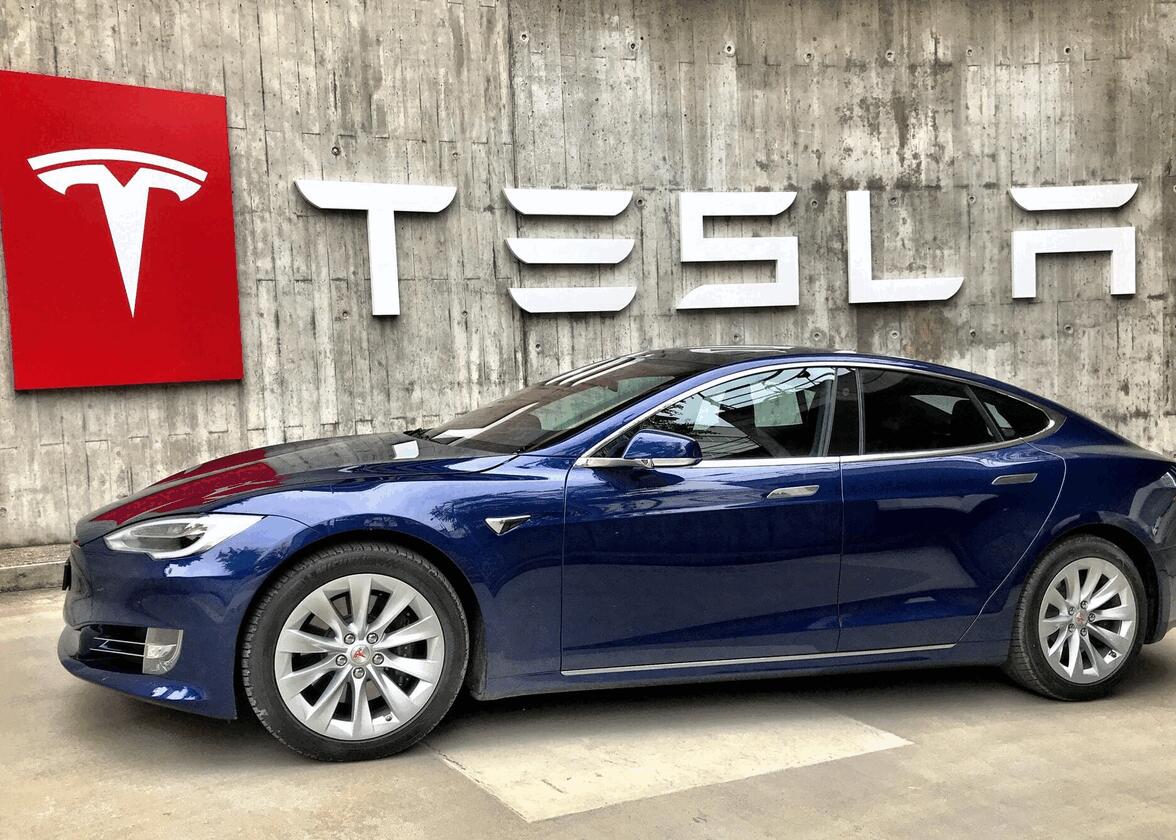Insurance is a fundamental part of the American financial landscape, providing individuals and businesses with protection against unexpected events. However, some types of insurance in the USA come with sky-high premiums, often due to the risk associated with them, the value of the assets being insured, or the need for comprehensive coverage. Whether it’s for health, auto, home, or life insurance, some people in the United States find themselves paying exorbitant amounts for their policies. This article explores the types of insurance that tend to be the most expensive in the USA, the factors that contribute to their high premiums, and what consumers can do to manage these costs.
1. Health Insurance: The Cost of Comprehensive Coverage
Health insurance in the United States is notoriously expensive, and for many Americans, it is one of the largest monthly expenses. The cost of health insurance can vary significantly based on the type of plan, the level of coverage, and where you live. The Affordable Care Act (ACA) expanded access to health insurance, but premiums for private plans, especially those that provide comprehensive coverage, remain high.
There are several reasons why health insurance in the USA can be so expensive. One of the main factors is the cost of healthcare itself. Medical treatments, prescriptions, and hospital stays are incredibly expensive in the U.S., and insurance companies pass these costs onto consumers in the form of higher premiums. Furthermore, insurance companies need to cover administrative costs, which are also higher compared to other countries with universal healthcare systems.
Individuals purchasing health insurance on the marketplace, particularly those who need extensive medical coverage or have pre-existing conditions, may find themselves paying thousands of dollars a year in premiums. Employer-sponsored health plans may provide more affordable options, but even these can be costly, especially if you have a family or require extensive healthcare services.
2. Auto Insurance: Coverage for High-Risk Drivers
Auto insurance is another area where premiums can become extremely expensive, particularly for high-risk drivers or those with luxury vehicles. The cost of auto insurance depends on a variety of factors, including your driving history, the type of car you drive, where you live, and how much coverage you need.
In the U.S., drivers who are considered high-risk—due to factors such as a history of accidents, traffic violations, or a lack of driving experience—can expect to pay significantly higher premiums for their car insurance. Young drivers, especially those under the age of 25, often face the highest premiums, as statistically they are more likely to be involved in accidents. Drivers in urban areas or regions with high traffic volume can also see higher rates, as the likelihood of accidents is greater.
On the other hand, luxury vehicles, sports cars, and high-end brands like Lamborghini, Ferrari, and Porsche come with hefty insurance premiums. The high value of the car, expensive repairs, and the greater likelihood of theft contribute to the elevated costs. For those seeking comprehensive coverage, including protection against theft, accidents, and damage, premiums can quickly add up, sometimes surpassing $3,000 or more annually for high-end vehicles.
3. Homeowners Insurance: Protection Against Natural Disasters
Homeowners insurance is another type of coverage that can be surprisingly expensive in certain parts of the United States. While the average cost of homeowners insurance in the U.S. is about $1,500 per year, this can increase significantly depending on where you live, the value of your home, and the risks associated with your location. Homeowners in states prone to natural disasters, such as hurricanes, floods, or wildfires, typically pay much higher premiums for coverage.
For example, in regions like Florida and Louisiana, which are vulnerable to hurricanes, homeowners insurance premiums can be far higher than in other parts of the country. Additionally, if you live in an area with a history of flooding or wildfires, insurers will increase your premiums to account for the higher likelihood of damage. In some cases, homeowners may need to purchase additional policies, such as flood or earthquake insurance, to ensure that their property is fully protected.
The value of your home also plays a significant role in determining premiums. Expensive homes or homes with high replacement costs require more extensive coverage, which translates into higher premiums. While homeowners insurance is essential for protecting your property, the cost of maintaining this coverage can be a financial burden, particularly for those living in high-risk areas.
4. Life Insurance: Coverage for High Net-Worth Individuals
Life insurance is a crucial part of financial planning, especially for families who rely on the income of the policyholder. However, the cost of life insurance can vary dramatically, especially for high-net-worth individuals or those with specific health conditions. Life insurance premiums are typically calculated based on factors such as age, gender, health status, lifestyle, and the amount of coverage needed.
For individuals with high net worth, the cost of life insurance can be significantly higher, especially if they require large policies to cover estate taxes, business succession plans, or other financial obligations. In these cases, permanent life insurance policies, such as whole life or universal life insurance, are often used, but these policies can be much more expensive than term life insurance, which provides coverage for a specific period.
Moreover, individuals who have pre-existing health conditions or engage in high-risk activities (such as smoking, extreme sports, or dangerous occupations) will face higher premiums due to the increased risk of death. In some cases, life insurance premiums for such individuals can be several times higher than for those in good health with lower-risk lifestyles.
5. Business Insurance: Protecting Enterprises from Risks
Business insurance is an essential component of running a company in the USA, particularly for small business owners and large corporations. However, the cost of business insurance can be astronomical, especially for businesses in high-risk industries. The types of coverage businesses might need include general liability, workers’ compensation, property insurance, and professional liability, among others.
For example, businesses in industries such as construction, manufacturing, or healthcare face significantly higher insurance premiums due to the inherent risks associated with these fields. Construction companies, for instance, often pay steep premiums for workers’ compensation and liability insurance due to the physical risks involved in construction work. Healthcare providers, on the other hand, often face high malpractice insurance premiums due to the potential for lawsuits.
As businesses grow and require more specialized coverage, insurance costs can rise quickly. Large companies with global operations or those that deal with sensitive information may also need to purchase cyber liability insurance, which can add substantial costs to their overall insurance portfolio.
6. Umbrella Insurance: Additional Protection for High-Net-Worth Individuals
Umbrella insurance is a type of personal liability insurance that provides additional coverage beyond the limits of other policies, such as auto or homeowners insurance. This type of insurance is often recommended for high-net-worth individuals who need protection against significant financial risks, such as lawsuits or catastrophic events.
The cost of umbrella insurance is generally reasonable, but for individuals with substantial assets, the premiums can climb. The more coverage you need, the more expensive the premiums become. Additionally, some insurers may require individuals to have a minimum level of coverage on their other policies (such as auto or home) before offering umbrella insurance.
Conclusion
Insurance premiums in the USA can be steep, especially for high-risk individuals, valuable assets, or those living in areas with higher risks of natural disasters. Health, auto, homeowners, life, business, and umbrella insurance all have varying costs based on factors such as location, age, health, occupation, and the value of the assets being insured. For consumers looking to manage these high insurance costs, it’s important to shop around for the best rates, consider bundling policies, and explore discounts and coverage options that can help reduce premiums. Although expensive, insurance is an essential safeguard that provides financial protection in times of need, and understanding the factors that contribute to high premiums is key to navigating the complex insurance landscape in the USA.



